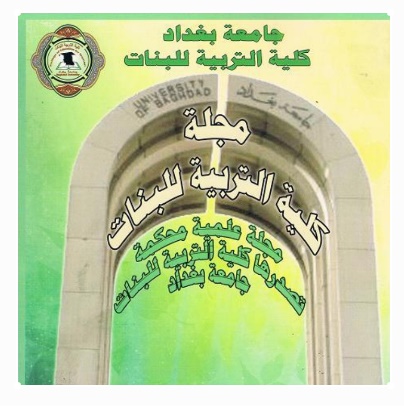Spatial analysis of population growth in the district of Tuz Khurmatu for (1977-2012)
Abstract
The study population growth of the most important demographic phenomena upon which planners to meet changes in the size of the population increase is through knowledge of the requirements of population growth can be planned for the future. On this basis, Tuz District was chosen for the study of population growth, which set her period (1977-2012), and compared with the growth of the population of the province and the extent of the variation in population growth, according to the administrative units, has touched search numerical and proportional distribution of the population according to the administrative aspects of the judiciary, as well as environmental distribution.
The elimination of the study population growth dramatically shown in the judiciary and respects its center, and the population growth rate (3.4%) during the census period (1977-1987), which is lower than the growth rate in Salahuddin province, which amounted to (4.4 %), and higher than the growth rate of Qatar, who was (3%) for the same period. Then declined slightly decreased, reaching (3%) for a period of Census (1987-1997), and then the growth rate has stabilized in the district of Tuz Khurmatu as the previous period (1997-2012). Research has found that the rates of urban population is growing with each new time period as the ratio (49.7%) in the census in 1977, then rose to (65.7%) in the population estimates for the year 2012, while the rural population ratios taken from decreasing (50.3%) in 1977 to the census (34.4%) in the year 2012 population estimates because of the availability of employment opportunities in urban centers, which led to the migration from the countryside to the cities.

Published
Issue
Section
License
![]()
All articles published in Journal of College of Education for Women are licensed under a Creative Commons Attribution 4.0 International License.










